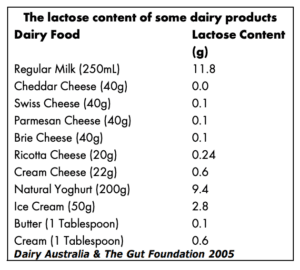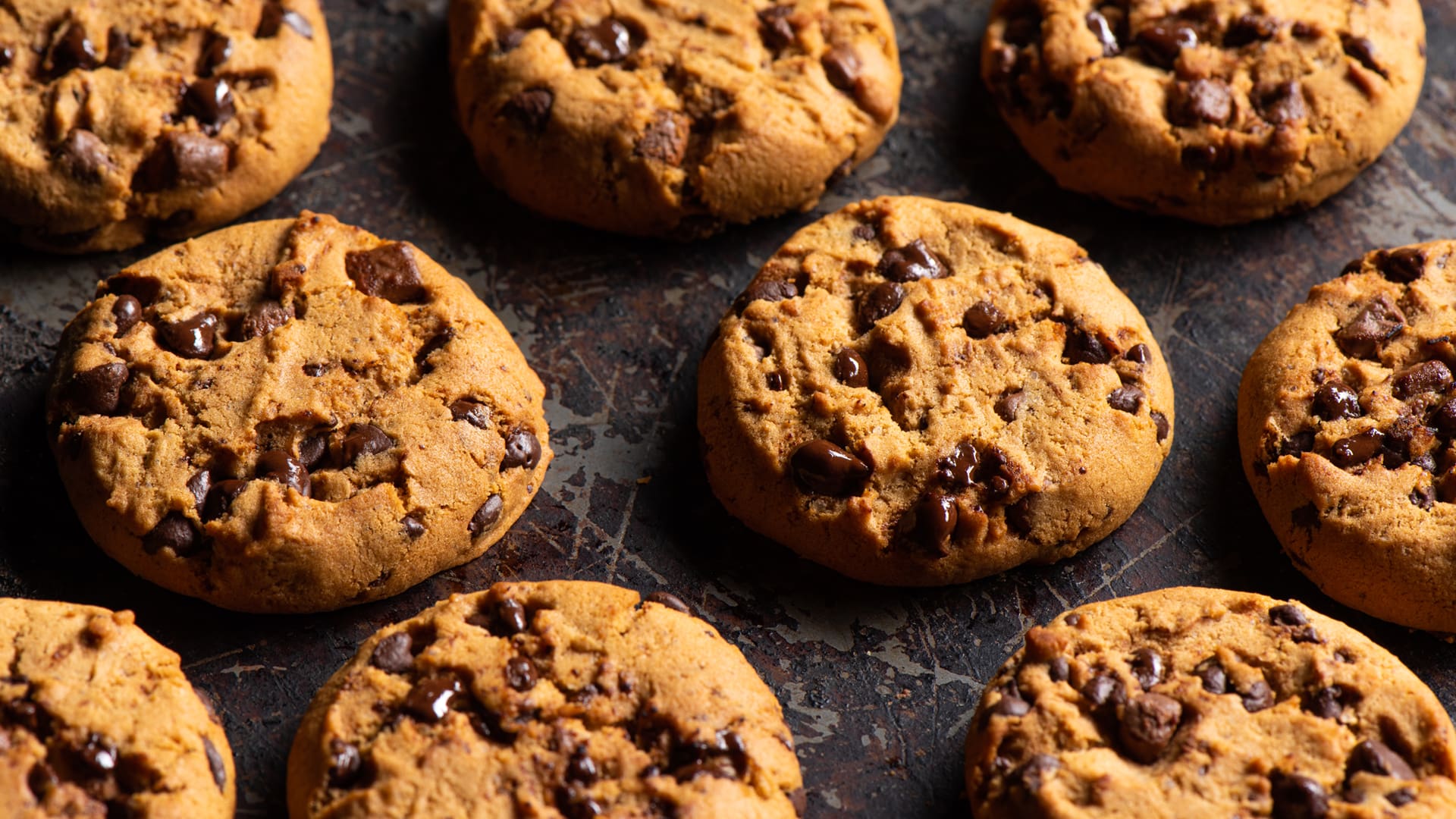Lactose is the carbohydrate (or sugar) found naturally in milk. Those with lactose intolerance don’t produce enough lactase (the enzyme that digests lactose), resulting in lactose maldigestion. Symptoms of lactose maldigestion may include abdominal pain, bloating, wind and/or diarrhoea.
Untreated coeliac disease can affect lactase production and result in a temporary lactose intolerance.
The gluten free diet allows lactase production to return to normal and the lactose intolerance to resolve.
Remember: It is possible for lactose intolerance to occur independently of coeliac disease e.g. due to age, ethnicity, etc. In these cases, the lactose intolerance will persist despite the gluten free diet.
Managing lactose intolerance
Lactose intolerance does not result in gut damage. Managing the condition involves reducing lactose containing foods to control symptoms.
If you have lactose intolerance, you DO NOT need to avoid all dairy foods. You may be able to include some lactose depending on your level of tolerance.
Use these tips to get your two to three serves of dairy each day while reducing your lactose intake:
-
- Consume lactose containing food/drinks in combination with other foods (not on an empty stomach)
- Start with small amounts and gradually increase your consumption to build tolerance
- Spread your lactose containing food/drinks out over the day
- Regular (full cream) milk contains less lactose than low fat or skim milk
- Yoghurt may be well tolerated (the natural bacteria in yoghurt break down the lactose over time)
- Cheese is very low in lactose and is well tolerated


Consult an Accredited Practising Dietitian to help you manage your diet.
Download





